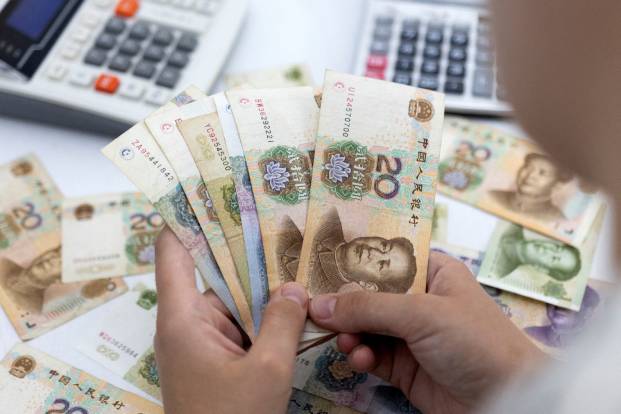The yuan got off to a sluggish start in August – extending a decline it has endured for the past five months, while China’s economy remains mired in concerns about Covid lockdowns and heightened international tensions.
The latest economic data, from both the National Bureau of Statistics and a private survey by Caixin on Monday, showed that factory activity contracted in July amid continued concern about Covid lockdowns and the gloomy global outlook, which has surpressed demand.
Alvin Tan, head of Asia FX strategy at RBC Capital Markets, said the PMI readings highlight the fragile state of the economy.
“With growing indications that Beijing is not willing to unleash massive stimulus to attain the year’s growth target and instead seek a ‘best efforts’ outcome, the People’s Bank of China (PBOC) may have to lean on exchange rate depreciation to support the economy as global growth and export demand weaken further in coming months,” Tan added.
The onshore yuan opened at 6.7499 per dollar and was changing hands at 6.7515 at midday, 82 pips softer the previous late session close.
Prior to market opening, the PBOC set the midpoint rate at 6.7467 per dollar, 30 pips weaker than the previous fix of 6.7437.
Traders said much of the market focus this week would be on US House of Representatives Speaker Nancy Pelosi’s Asian tour, and a possible stop in Taiwan that could send a chill through already cool relations between Beijing and Washington.
President Xi Jinping warned his US counterpart Joe Biden last week that Washington should abide by the one-China principle and “those who play with fire will perish by it”.
By midday, the global dollar index fell to 105.784 from the previous close of 105.903, while the offshore yuan was trading at 6.7608 per dollar.
- Reuters with additional editing by Jim Pollard
ALSO SEE:
Explainer: Why China’s Yuan is Weak and May Get Even Weaker
China’s Yuan Heads For Biggest-Ever Monthly Drop – FT
























